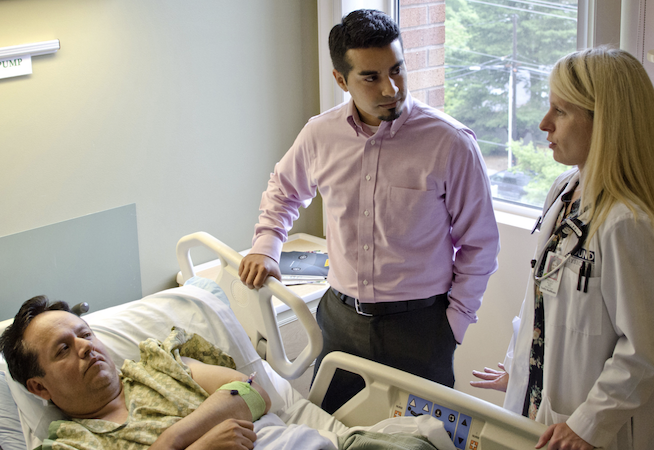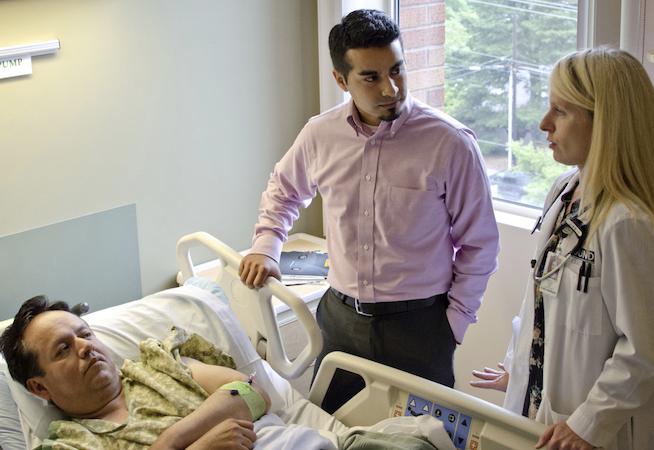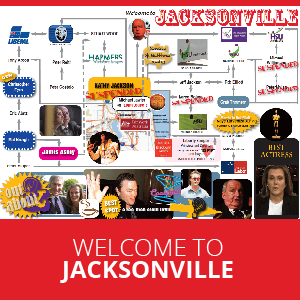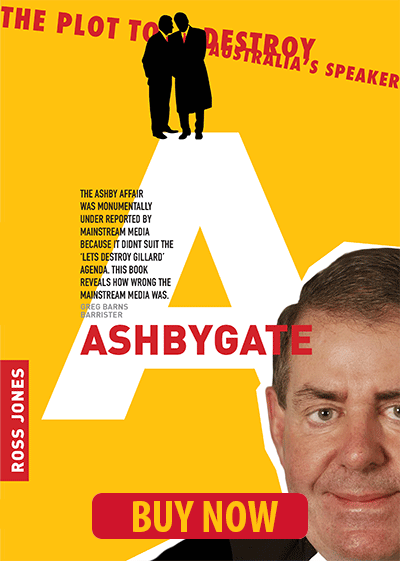If you or a loved one has ever tried to explain symptoms in a second language, you know how quickly small misunderstandings can snowball into big risks.
Health systems are serving more patients with limited English proficiency, while clinicians juggle crowded clinics and a firehose of digital tools. Studies show that communication errors linked to language gaps can harm patients and lead to preventable injuries, longer stays, and higher costs. The Joint Commission has flagged clear communication as a core patient safety issue, noting that confusion about care plans can create openings for medical errors.
AI translation has improved dramatically, yet regulators and hospitals still warn against using general apps in clinical encounters. NHS England’s 2025 framework cautions that unvetted translation apps and informal interpreters can put patients at risk and compromise confidentiality. News coverage of the framework underscored those safety concerns.
This article explains where translation mistakes come from, what “good” looks like, and how to use modern tools with human oversight to protect your health.
How machine translation evolved and why medicine demands human oversight
Early machine translation relied on rule sets and phrase tables. Accuracy was inconsistent, especially with medical terms and context. A milestone arrived in 2016 when Google announced a neural machine translation system that translated full sentences and greatly improved fluency. The rollout signalled a wider shift toward deep learning in consumer translation.
Even with these advances, healthcare use cases remained tricky. Medical language is dense with abbreviations, drug names, and terms that carry legal weight. Hospitals also must protect patient privacy and comply with HIPAA. Recent federal guidance reminds covered entities to control where protected health information flows online, because some web technologies can leak identifiers.
As systems explored AI for documentation and imaging, the healthcare press noted that adoption grew alongside concerns about privacy and safety. A 2025 review of AI tools for healthcare pointed to broad interest from hospitals and regulators while emphasising guardrails and governance.
Key concepts
Language access: Health systems are obligated to provide language access for patients with limited English proficiency. U.S. professional guidance ties language access to equity and safety and recommends trained interpreters rather than ad hoc help from family or untrained staff.
Professional interpreters versus ad hoc help: Research shows professional interpreters cut error rates and improve comprehension compared with untrained helpers or no interpreter. In pediatric emergency settings, using professional interpreters reduced clinically significant errors.
Human in the loop: AI translation can draft text quickly, but clinical decisions should not rest on machine output alone. A growing body of quality and safety literature stresses combining technology with trained language professionals, bilingual clinicians, or certified reviewers.
Data protection: Translation often requires sending text or files to a service. If that content includes names, dates of birth, diagnoses, or images, it may be protected health information. Regulators warn that sharing data through consumer tools or pages with third-party trackers can create impermissible disclosures.
Real-world applications and why they matter
Consent forms and discharge instructions: Patients need to grasp risks, benefits, and follow-up steps. When instructions are unclear, the odds of readmission and complications rise.
ED triage and informed history: In emergencies, seconds count. An interpreter or language-concordant clinician can surface key details like medication lists or allergy history that a generic app might mangle. Research continues to show better outcomes when trained interpreters or language-concordant providers handle communication.
Patient portals and messages: Hospitals are expanding multilingual portals and using AI for documents and notes. As adoption grows, governance and privacy controls have to keep pace, so patient messages are not exposed to tracking technologies or consumer messaging apps outside policy. Recent reporting on WhatsApp use in UK hospitals illustrates the tension between speed and confidentiality.
A cautionary tale: One of the most cited cases is Willie Ramirez, who was misdiagnosed after “intoxicado” was interpreted as “intoxicated,” leading clinicians to treat for overdose rather than haemorrhage. He was left quadriplegic, and the case is widely taught in medical and interpreter training as a reminder that one word can change a life.
Challenges and controversies
Accuracy vs. speed: Neural models are strong on everyday text, but clinical nuance is unforgiving. Names of drugs, units, and negations can shift meaning. NHS England warns that using general apps or informal interpreters can compromise safety and confidentiality, especially for consent, diagnosis, and complex instructions.
When is AI acceptable: Many systems let machine translation propose a first draft for low-risk patient education or internal prep, then require professional human review for consent, legal notices, and treatment plans. Journals focusing on quality and safety highlight structured language access programs and multidisciplinary committees to set the rules.
Privacy and lawful use: Healthcare organisations must ensure translation workflows do not transmit protected data to unauthorised third parties. HHS guidance about online tracking technologies is a reminder that invisible scripts and analytics can count as disclosures. The safest route is a service with explicit health data controls and a clinical policy that spells out when to use it and who reviews the output.
Digital exclusion and trust: Not all patients can use apps or read complex translated documents. NHS engagement work found that people with limited English proficiency reported negative experiences and perceived discrimination. Building trust requires culturally sensitive communication and pathways for live interpreters.
Practical safeguards you can use today
- Decide if the task is high risk: Anything tied to consent, diagnosis, medication changes, or legal status deserves a professional interpreter or human-reviewed translation. Evidence shows professional interpreters reduce errors and inequities.
- Use human in the loop for medical text: Let technology speed the draft, then have a trained interpreter or language-concordant clinician check it. Recent hospital case studies describe formal committees and policies for language access and oversight.
- Protect your data: Do not paste clinical details into consumer apps. Confirm that the service you use has clear health data safeguards. U.S. guidance warns that certain web technologies can leak identifiers without proper controls.
- Prefer language-concordant care when possible: Research finds that care delivered in the patient’s language or through professional interpreters outperforms ad hoc strategies. If you are a patient, ask for a qualified interpreter. If you are a clinician, know how to book one.
- Spot-check critical terms: Even excellent translations can stumble on drug names, dosing, or negations. Read those aloud with an interpreter and confirm understanding before signing or discharging. The NHS framework encourages staff training and clear routes to book vetted services.
A free option like the free AI translator is genuinely helpful because it lets you compare outputs from multiple AI engines in one place, so you can pick the clearest draft without bouncing between tabs, and it now includes a Secure Mode that limits translations to SOC 2-compliant providers for privacy-sensitive text.
You also get practical safety features such as built-in text anonymisation that masks names and other identifiers before translation, aligning with GDPR and HIPAA expectations for handling sensitive records. For budget-conscious teams, the generous free tier has been widely reported to include up to 100,000 words, with ongoing credits for registered users, which makes testing workflows or translating low-risk materials far easier. Taken together, the mix of multi-engine comparison, privacy controls, and a large free allowance makes it a practical way to draft translations quickly while keeping risk and costs down.
Conclusion and what comes next
Translation errors can derail care, but the path to safer communication is clear. Use trained interpreters for high-stakes encounters. Pair AI with human review for documents. Protect patient data by choosing controlled workflows and avoiding consumer shortcuts. The evidence base is consistent: professional language services improve safety and satisfaction, while ad hoc approaches raise risk.
Looking ahead, expect continued progress in medical translation along three tracks:
- Model quality: Neural systems have already raised the baseline, and future models will handle more clinical jargon with better context windows. The big lesson from 2016 still holds: whole-sentence modelling lifts fluency, but medicine requires verification.
- Built-in governance: Hospital language access programs are maturing, with committees that set policy and data controls for when and how AI can help.
- Patient-centred design: National frameworks now emphasise confidentiality, cultural sensitivity, and the right to professional support. That shift should reduce reliance on informal interpreters and risky apps.
The goal is not to pick humans or machines. It is to build a safe, trusted dialogue around your health. When that happens, the right diagnosis and the right decisions follow.










